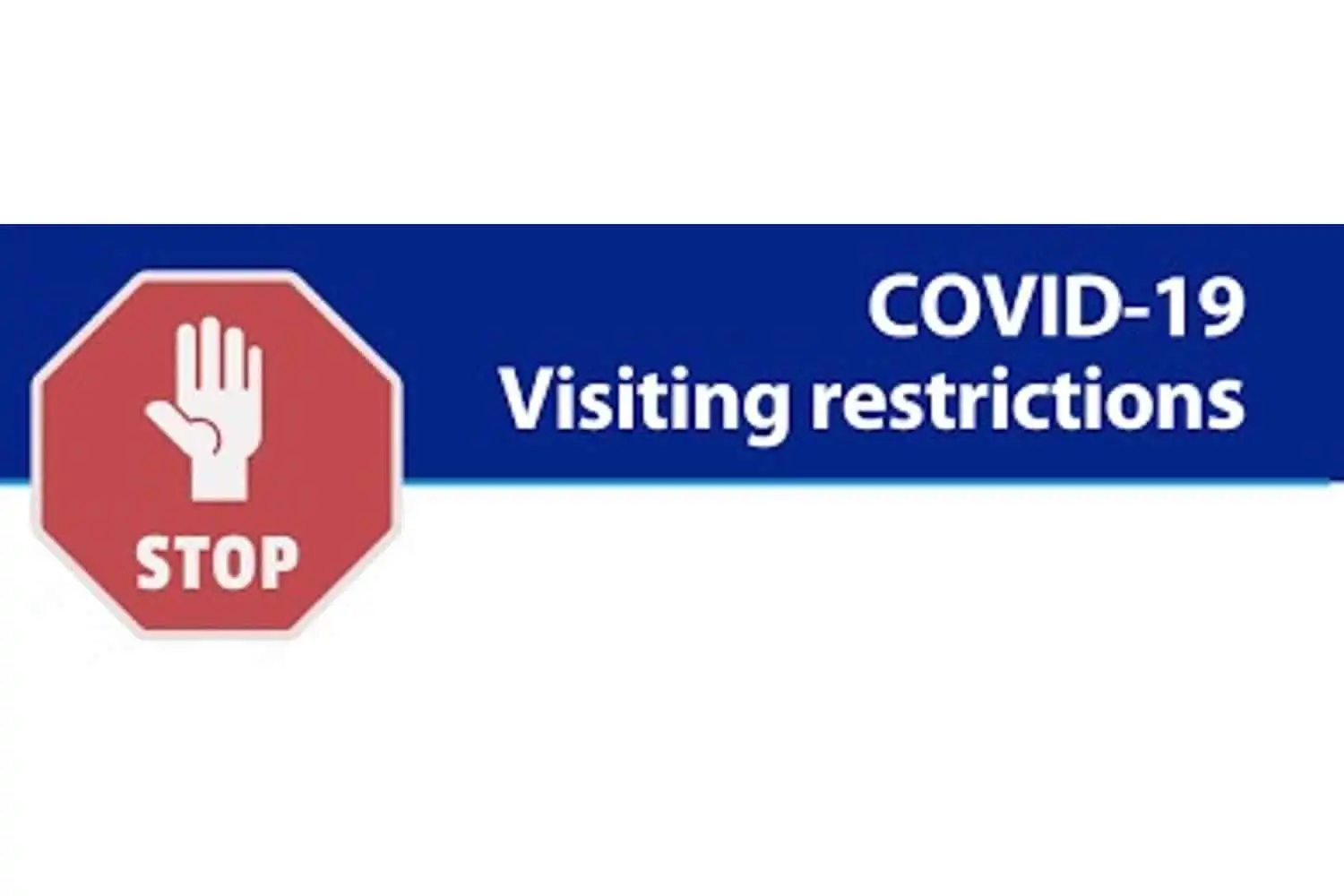One of the most distressing aspects of the Covid pandemic is that so many patients have died alone. At the start of the emergency, hospital covid policy prohibited visitors – the family or friends who could at least provide comfort in a person’s final moments. The surgical glove filled with warm water to simulate human touch is an arresting image testifying to a sad and terrifying reality.
The risk to patients in non-Covid wards, and to visitors themselves, was seen as unacceptably high. Hospitals felt that they could not protect visitors, or patients, and that visitors would increase the already overwhelming staff workload.
To compensate, hospitals introduced electronic means of communication, for example by phone or tablet. There are many stories of sobbing families bidding a final goodbye to an unconscious relative over Zoom, via an iPad held by an almost equally distressed bedside nurse. The mental suffering on both sides continues long after.
As knowledge emerged of how Covid is spread (in the air, primarily) and prevented (a layered response of vaccination, masking, ventilation, distancing and testing) many hospitals relaxed their policies but others persisted, or reintroduced them in successive waves of the pandemic. Why the variation? Are severe prohibitions justified?
There is little evidence that visitors introduce Covid into hospitals. They are screened, and should be masked. Today, a vaccination requirement is an option. Good quality masks, fitted properly and worn consistently, reduce the risk of spreading or acquiring Covid to low levels.
Hospital-acquired Covid infection rates as high as 15% are reported in some studies. But these are most likely transmissions from patients and staff in constant proximity, and are not attributable to short family visits to a single patient room or ward. Attention to the staff commute in crowded taxis, with windows shut, would have better results, as would good ventilation indoors in administrative areas, cafeterias, and waiting rooms, where staff or patients congregate.
The concern that visitors themselves will become infected with Covid in the hospital is less well-founded. Generally, the family visitor’s exposure has already occurred, and is far higher, and ongoing, in daily life and workplaces, than in a hospital. There may be medico-legal issues but these should be easily addressed by requiring informed consent from visitors.
Paediatric hospitals have long recognised the need for the presence of family members, well beyond “visitation”. Many allow a parent to room in with their hospitalised child. Why do we think similar benefits don’t apply to adults?
In contrast to minimal documented harm from hospital visitation, there is significant evidence that family presence is beneficial. At the hospital bedside, family members can improve communication and trust, may be the first to recognise subtle changes in a patient, can provide a familiar and stabilising presence, can act as proxies or advocates for treatment decisions, help with mobility, offer emotional support, and inform the health care team about the person they are caring for.
Restrictions on the other hand have consequences for both patients and families, such as distress, grief, impaired coping, and reduced quality-of-life. Documented outcomes for health workers include increasing moral distress, burnout, and compassion fatigue.
Rigid, restrictive hospital policies have the unintended effect of concealing severe Covid illness and death from the public. Consequently, despite the scale of the pandemic, there are relatively few first-person testimonies of the suffering and stress. Conspiracy theories then grow in the dark: Covid is a hoax, patients are not receiving therapies which are life-saving, and so on.
Similar restrictions on visitors have been applied to retirement homes. Some elderly residents spent over a year in isolation in an attempt to protect these most vulnerable members of the community, at devastating cost to both their mental and general physical health. These policies need to be re-examined too.
Hospitals may need to remain strict during massive case surges, where the system to manage visitor access is unable to cope, or with the rare individual visitor who becomes unruly. And the Omicron variant has created uncertainty because of its apparent increased transmissibility. Nevertheless a more liberal policy – such as one family member, twice day, with flexibility at a local level – can be implemented and monitored. The impact on new (post-admission) Covid diagnoses in hospital can be monitored, and the benefits (or drawbacks) to visitors and staff can be measured, simply by asking.
As Don Berwick put it, hospitals and health care professionals are “guests in people’s lives”, not the other way round. It is time to reconsider restrictive hospital visitor policies. To suffer or even die alone in hospital with a rubber glove for comfort is a miserable fate. Let’s try to make sure it happens no more.
Dr Gareth Kantor is at the University of Cape Town, Institute for Healthcare Improvement, Insight Actuaries & Consultants.
Views expressed are not necessarily those of GroundUp.
